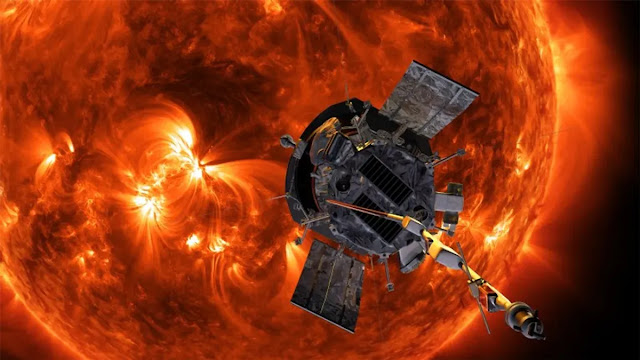As a science website, we sometimes find ourselves mired in issues like can life exist on Enceladus and where are all the aliens, while people are having more fun and fundamental questions like why magnets can’t be used to power cars and whether or not people could breathe the air on Mars.
“If the sun is in the sky, why is there heat on earth but not in the sky?” seems to be one of these questions that people frequently ask. posted on the Physics is Fun Facebook group (which it IS!).
To begin with, the average background temperature in space is 2.7 Kelvin, which is equivalent to -270.45°C or -454.8°F. And in a bewildering way, the Sun is hot. The Sun’s corona, or outer atmosphere, gets hotter the further it is from the photosphere, reaching temperatures of 3.5 million °C (2 million °F). The core of the star reaches temperatures of about 15 million °C (27 million °F), while the surface (the photosphere) drops off to about 5,500 °C (10,000 °F).
Then why is space not hot? This apparent paradox, however, most likely results from humans viewing the Sun instinctively as a hot fire that warms the planets in a similar way to how a marshmallow warms up next to a bonfire. Planets do not warm in this manner. The heat that humans experience on Earth is not directly caused by thermal energy from the Sun; rather, it results from solar radiation—which includes visible light and other electromagnetic spectrum wavelengths—interacting with particles on Earth.
There is not enough matter in the (almost) vacuum of space to heat by radiation since there are fewer particles to interact with. This does not imply, however, that you can send a spacecraft close to the Sun and anticipate extremely low temperatures. Matter will heat up when it is exposed to the radiation from the Sun.
NASA’s Parker Solar Probe, for instance, must contend with temperatures of 1,400°C (2,600°F) on its closest approach to maintain its payload at about room temperature. This is while it travels into the solar corona at speeds never before attained by man-made objects.



